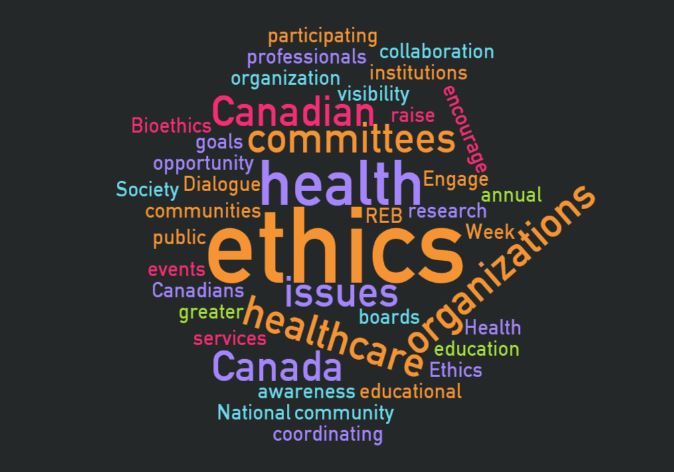For National Health Ethics Week (NHEW), I’m writing some posts about medical research – for patients.
I’ll try to write one post each day, until NHEW ends on March 8. I work in bioethics, also called biomedical or healthcare ethics, but am doing this in my free time. I hope this information is helpful!
In my last post, we talked about assent and consent for medical research studies. For an example, we pretended that you broke your arm. And that the hospital was testing a new kind of cast. So you had the choice to be in the research study, or not. Either way the doctors and nurses would treat your broken arm.
With the research study, you’d have a 50-50 chance of getting the new kind of cast – or the regular cast. Let’s keep this example. Now we’re going to talk about paperwork. In Canadian healthcare, there’s ALWAYS paperwork!
Assent and consent are different, so it makes sense that there are different forms. One’s called an “informed consent form”. That’s for consent. Obvious, right? When you sign a consent form, you’re just saying that you agree to be in the research study.
You can stop being in the research at any time. That’s called withdrawing from a study. But you can just tell the doctor or nurse that you don’t want to be in the study any more.
Why’s it called an “informed consent form”? For this form, the word informed means that you understand what the study’s about. It also means that you freely gave consent. That you weren’t coerced or bribed to be in the study. That no one threatened you, or said that you wouldn’t get any cast on your arm unless you said yes to the study.

An “assent form” is for people who have trouble making decisions about their care. For when the law says they’re not allowed to decide – like for small children. But even a small child can say no to being in a research study. When they agree to the research, that’s called “assent”.
For our broken arm example, a doctor or nurse would ask the parent or guardian for consent first. If they say yes, then the doctor or nurse could ask the child. If it’s a 3 year old girl, the doctor could show her both kinds of cast and use the one she pointed to. Then the nurse or doctor would write down – on a form! – which one she picked.
That’s called documenting assent. They have to be able to prove that they asked the question. Some hospitals even have video cameras, and would take a videos of the little girl choosing a cast.
If a fifteen year old broke her arm, the hospital might ask her to sign an “assent form”. This is because she’s old enough to understand the research study. She can read the form, and sign it – if she agrees to be in the study.
Whether you consent or assent, you never have to be in a study. It’s your right to say no. And saying ‘no’ to a research study never means you won’t get medical care you need. Even small children have the right to say ‘no’ to research. For babies and infants, parents or guardians decide.
It’s important to know that you can ask questions about the research. And if there’s something on a consent or assent form that you don’t understand – ask about it. Part of the job of the research team is to answer your questions.
And you can ask to take the form home with you. You’re allowed to talk about it with your family and loved ones, before you decide. And even if you sign the form, you can stop being in the study whenever you want.

